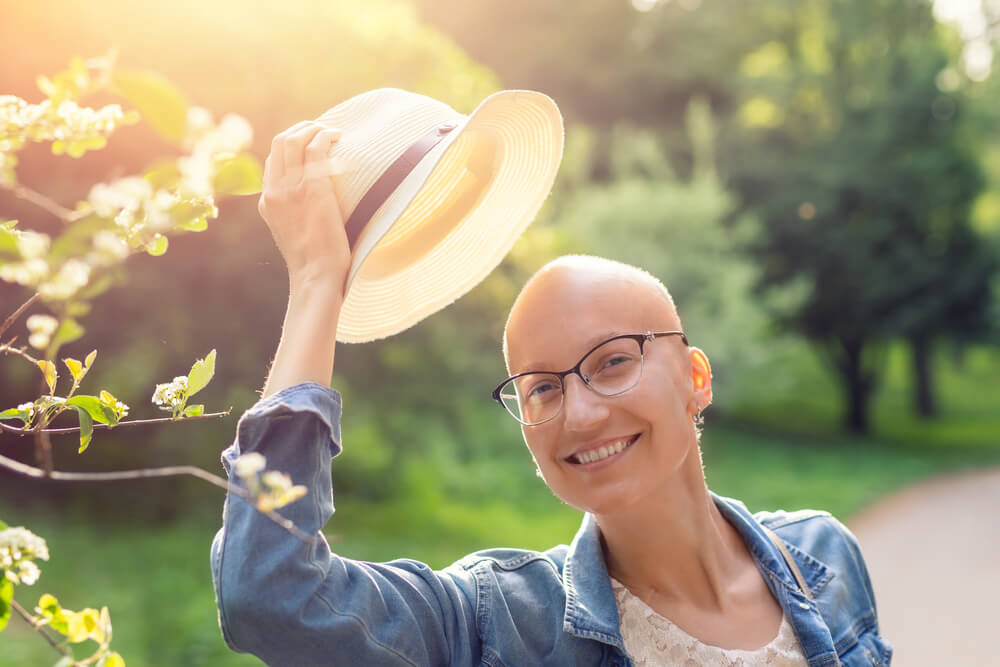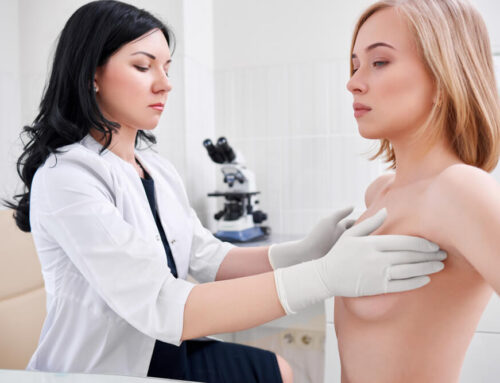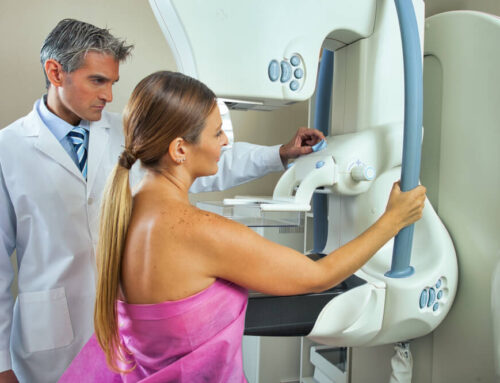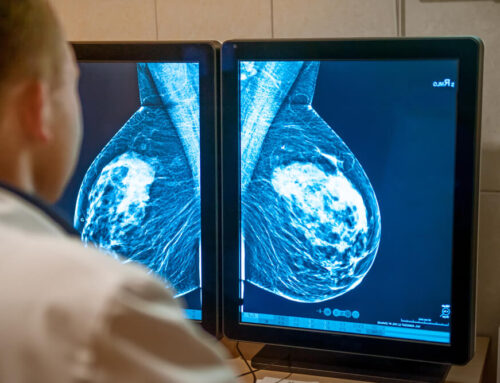The summer months can be challenging for cancer patients and those who have recovered from their treatment. There is a high risk that they may experience sun damage and dehydration that develop from chemotherapy.
Keep on reading to learn more about the effects of chemo and sun exposure and some tips for chemo patients to combat such issues and prevent sunburns during radiation therapy.
Heat and Cancer: Exploring Sun Sensitivity
In this section, we will be exploring chemo, and sun exposure effects and how radiation therapy can increase the risk of skin cancer.
Then, we will also describe what you can do to reduce the effects of heat and cancer.
Chemo and Sun Exposure Effects
What is the link between chemo and the sun? What effects does sun exposure have on the skin?
Chemotherapy drugs can cause photosensitivity or phototoxicity – these are the terms we use to refer to sun sensitivity which occurs when a patient experiences sunburns more easily than usual.
People should discuss their treatment options and risks of chemo and sun sensitivity with their doctor, so they’ll know which medications have a significant threat to cause sunburns.
The chemo drugs that are known to cause sun sensitivity include:
- Methotrexate.
- Oncovir (vinblastine).
- Adriamycin (doxorubicin).
- VePesid (etoposide).
- Gemzar (gemcitabine).
However, patients no longer experience photosensitivity once they complete their chemo treatment.
Chemo isn’t the only treatment that can increase the skin’s sensitivity to sunlight – Read on, as we’ll discuss how radiation therapy and sun exposure can affect cancer patients.
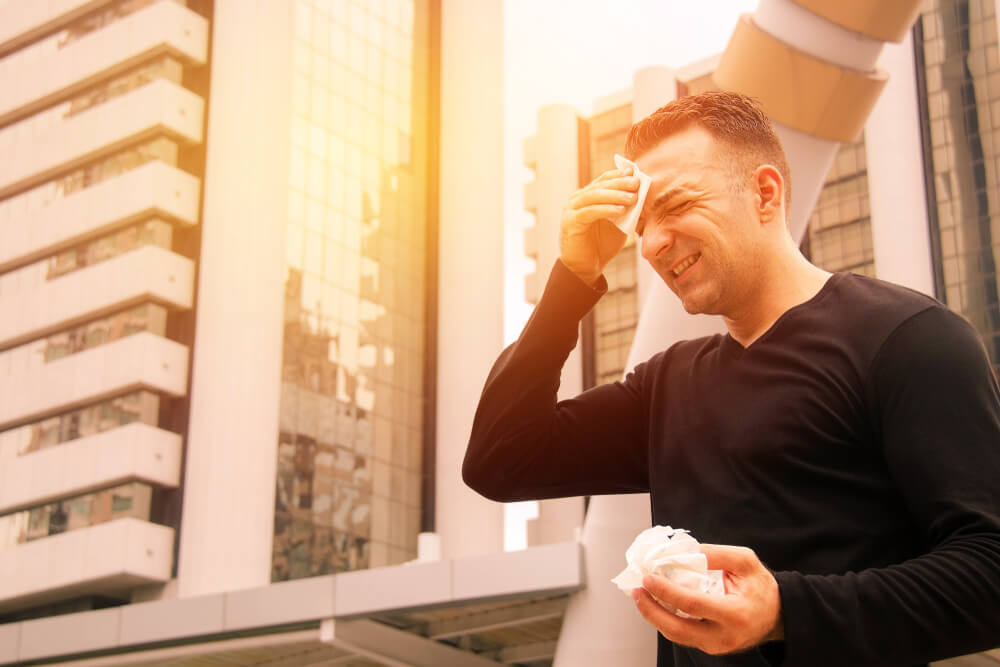
Radiation Therapy and Sun Exposure Effects
Radiation therapy can also cause you to burn more easily in the regions of your body that are treated with radiation. Unlike chemotherapy, you may experience burning years after you have completed your treatment, and thus, you may consider long-term sun protection.
In addition, sun damage and radiation damage can increase your risk of developing skin cancer.
Tips for Chemo Patients
After discussing the effects of chemo, radiation therapy, and sun exposure, we can provide some tips to help reduce the risks and side effects of chemo and sun sensitivity.
We’ll also explore the effects of dehydration and cancer.
Let’s take a look at them:
Tip #1: Avoiding Sun Exposure
Although every person should limit their time in the sun, chemo patients have to take more precautions as their skin may be more sensitive to UV rays.
That said, patients should:
- Avoid mid-day sun exposure: The sun is more intense between 10 a.m. and 4.p.m., so people should limit their time outdoors during this time frame.
- Applying sunblock: We recommend using sunblock that includes zinc oxide and titanium dioxide. It is best to reapply it every two hours or right after swimming or sweating to increase its effectiveness.
- Covering up: Cancer survivors who have lost their hair or are receiving radiation therapy for their head and neck can protect their scalp with a cotton scarf. Some people wear wigs, but they can be hot in the sun.
- Avoiding tanning beds: Patients undergoing chemotherapy who use tanning beds have an increased risk of developing skin cancer. This can also happen in those who don’t have cancer, and people may experience sunburns and premature wrinkling.
Tip #2: Staying Hydrated
Here’s what you should know about dehydration and cancer:
Cancer patients can get dehydrated easily, as their treatment may cause a lack of appetite, and so, they may not eat or drink as they usually would. As a result, they usually experience nausea, diarrhea, or an altered taste sensation.
Drinking water helps the blood supplement the body with nutrients and oxygen, and it can also lubricate the joints and regulate a person’s body temperature, heart rate, and blood pressure.
Furthermore, the body gets rid of some chemo drugs through the kidneys, so these organs should have enough water to function properly. If you don’t drink enough water, you may have an increased risk of developing kidney stones and urinary tract infections that, without immediate treatment, can lead to kidney damage.
Tip #3: Avoiding Swimming In Pools
Patients should check with their doctor if swimming is safe because radiation therapy can increase the skin’s sensitivity to the chemicals used in the pool, such as chlorine.
Also, we don’t recommend people with a weak immune system swim in ponds or lakes if they have a break in the skin, as bacteria thrive in still waters.
Tip #4: Watching For Signs of Heat Exhaustion and Heat Stroke
We recommend people to drink water throughout the day, especially those who have dehydration and cancer. This also prevents or reduces the effects of heat exhaustion and heatstroke.
Heat Exhaustion
Headaches and nausea can also be a sign that a person is experiencing heat exhaustion. This is also common in elderly patients and those who are obese when there is short-term exposure to high temperatures.
As a result, if you have heat exhaustion, you can experience the following symptoms:
- Muscle cramps.
- Heavy sweating.
- A decreased urine output.
- A pale skin.
However, moving to an air-conditioned room, resting, or drinking something cool can help ease the symptoms.
Heat Stroke
Heatstroke occurs when people spend a lot of time in the heat for long periods. Symptoms include:
- A temperature of 103°F or higher.
- Vomiting.
- A strong pulse.
- Confusion.
This can be life-threatening, so immediate medical care is recommended.
Tip #5: Exercising In Cool Areas
If you have cancer, you should seek medical advice before engaging in any exercise program to determine which type of activity is suitable for you. Also, your doctor may check whether you are experiencing any late effects of cancer therapy, such as cardiomyopathy. This condition can lead to heart failure, as the heart finds difficulty to pump blood to the organs.
Furthermore, it is best to exercise in an air-conditioned area during the summer months, as this helps you stay cool. You can also exercise early in the morning or late in the morning when the heat isn’t intense.
Now that we have provided you with some tips for chemo patients for the summer months, we can move on to the next section. We’ll discuss how surgeons can heat cancer cells or any other organ to treat their patients.

When Is Heat Beneficial For Cancer Patients?
Hyperthermia refers to the body temperature when it is higher than normal and occurs when a person has a fever or a heat stroke.
We also use this term to refer to heat treatment that can be effective in treating cancer. However, this procedure is controlled, as although very high temperatures can kill cancer cells, they can also affect or injure healthy tissues.
There are different types of procedures, such as:
- Local hyperthermia: This can be useful for small areas such as tumors. This destroys tumors, as doctors use high temperatures to kill cancer cells and blood vessels.
- Regional hyperthermia: Doctors heat a part of the body, such as a limb or an organ. However, heat cancer therapy is more effective when surgeons also perform chemo or radiation therapy.
- Whole-body hyperthermia: Researchers are still studying this, but we can raise a person’s body temperature by using heating blankets, thermal chambers, or warm-water immersions. This may cause some immune cells to become more active, increasing the amounts of cell-killing compounds in the blood.
Book Your Appointment Today
Chemo or radiation therapy can affect a person’s daily activities, especially when temperatures are high. Cancer treatment can increase the skin’s sensitivity to sunlight, and people may also get dehydrated easily.
If you would like to know more about the risks of cancer treatment to keep your skin healthy and reduce the risk of dehydration, call our office today to book your appointment.



